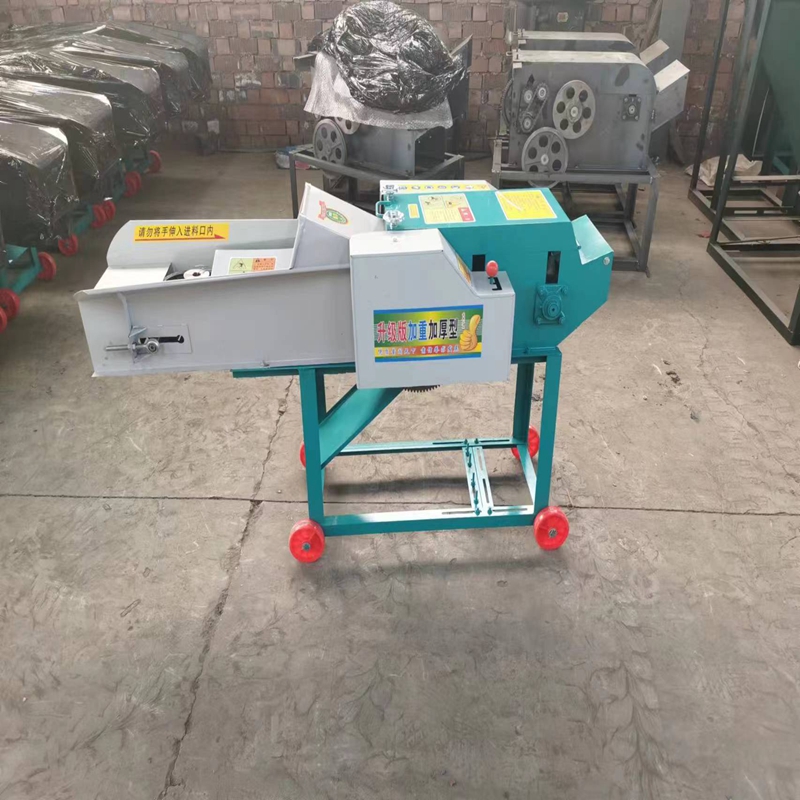greenhouse evaporative cooling pads
Dec . 31, 2024 03:44 Back to list
greenhouse evaporative cooling pads
Understanding Greenhouse Evaporative Cooling Pads
In the realm of modern agriculture and greenhouse management, maintaining optimal temperature and humidity levels is essential for maximizing plant health and yield. One of the most effective solutions for temperature regulation in greenhouses is the use of evaporative cooling pads. This article delves into the principles behind evaporative cooling, the benefits of using cooling pads, and considerations for their implementation in greenhouse environments.
The Principles of Evaporative Cooling
Evaporative cooling is a natural process that occurs when water evaporates, absorbing heat from the surrounding environment in the process. This principle is harnessed in greenhouses by installing cooling pads made of materials that facilitate water absorption. When warm, dry air is drawn through these pads, the moisture in the pads evaporates, cooling the air before it's circulated throughout the greenhouse.
The cooling effect is due to the latent heat of vaporization; as water changes from liquid to vapor, it requires energy, which is taken from the air, thus lowering its temperature. Evaporative cooling is particularly effective in arid and semi-arid regions where air is dry, making it a sustainable option for managing heat in greenhouses.
Benefits of Greenhouse Evaporative Cooling Pads
1. Energy Efficiency Compared to traditional air conditioning systems, which can be costly to run and maintain, evaporative cooling pads are more energy-efficient. They consume significantly less electricity, as they primarily rely on the natural process of evaporation to cool the air.
2. Cost-Effectiveness The initial investment for evaporative cooling pads is generally lower than central cooling systems. Additionally, the reduced energy consumption leads to lower operational costs over time, making this solution economically viable for many greenhouse operators.
3. Enhanced Plant Growth By maintaining cooler and more humid air, evaporative cooling pads create an ideal environment for plants. This is especially vital during hot weather, as high temperatures can stress plants, leading to reduced growth and lower yields. Adequate cooling and humidity levels can enhance photosynthesis and overall plant health.
4. Environmental Friendliness As a sustainable cooling option, evaporative cooling uses water instead of chemical refrigerants. This not only reduces the carbon footprint of greenhouse operations but also minimizes the risk of chemical leaks and environmental contamination.
greenhouse evaporative cooling pads

5. Improved Air Circulation Evaporative cooling systems are often designed to integrate with existing ventilation systems, enhancing overall air circulation within the greenhouse. This consistent airflow helps distribute heat evenly and prevents localized overheating.
Implementation Considerations
While the benefits of evaporative cooling pads are significant, several factors must be considered during implementation to ensure optimal performance
1. Location and size The placement and sizing of cooling pads should be proportional to the greenhouse's dimensions and layout. Proper positioning allows for effective air movement through the pads, maximizing cooling efficiency.
2. Water Quality The effectiveness of evaporative cooling pads largely depends on the quality of the water used. Hard water or water with high mineral content can lead to scaling and clogging of the pads, reducing their efficiency. Regular maintenance and clean water supply are crucial for long-term operation.
3. Humidity Levels While evaporative cooling is excellent for reducing temperature, it can increase humidity levels significantly. It’s essential to monitor and manage humidity to prevent issues like mold growth or plant diseases. Integrating dehumidification systems may be necessary in particularly humid areas.
4. System Maintenance Like any other system, evaporative cooling pads require regular maintenance to function effectively. This includes cleaning the pads to remove any buildup and ensuring the water distribution system is functioning correctly.
Conclusion
In summary, greenhouse evaporative cooling pads represent an efficient, cost-effective, and environmentally friendly method of maintaining optimal growing conditions for plants. By leveraging the natural cooling properties of evaporative processes, greenhouse operators can enhance plant growth, reduce energy consumption, and create a sustainable agricultural environment. As agriculture continues to adapt to climate challenges, technologies like evaporative cooling pads will play a crucial role in ensuring successful crops and resilient farming practices.
-
Automatic Feeding Line System-Pan Feeder Nipple Drinker|Anping County Yize Metal Products Co., Ltd.
NewsJul.29,2025
-
Hot Sale 24 & 18 Door Rabbit Cages - Premium Breeding Solutions
NewsJul.25,2025
-
Automatic Feeding Line System Pan Feeder Nipple Drinker - Anping County Yize Metal Products Co., Ltd.
NewsJul.21,2025
-
Automatic Feeding Line System Pan Feeder Nipple Drinker - Anping County Yize Metal Products Co., Ltd.
NewsJul.21,2025
-
Automatic Feeding Line System - Anping Yize | Precision & Nipple
NewsJul.21,2025
-
Automatic Feeding Line System - Anping Yize | Precision & Nipple
NewsJul.21,2025






